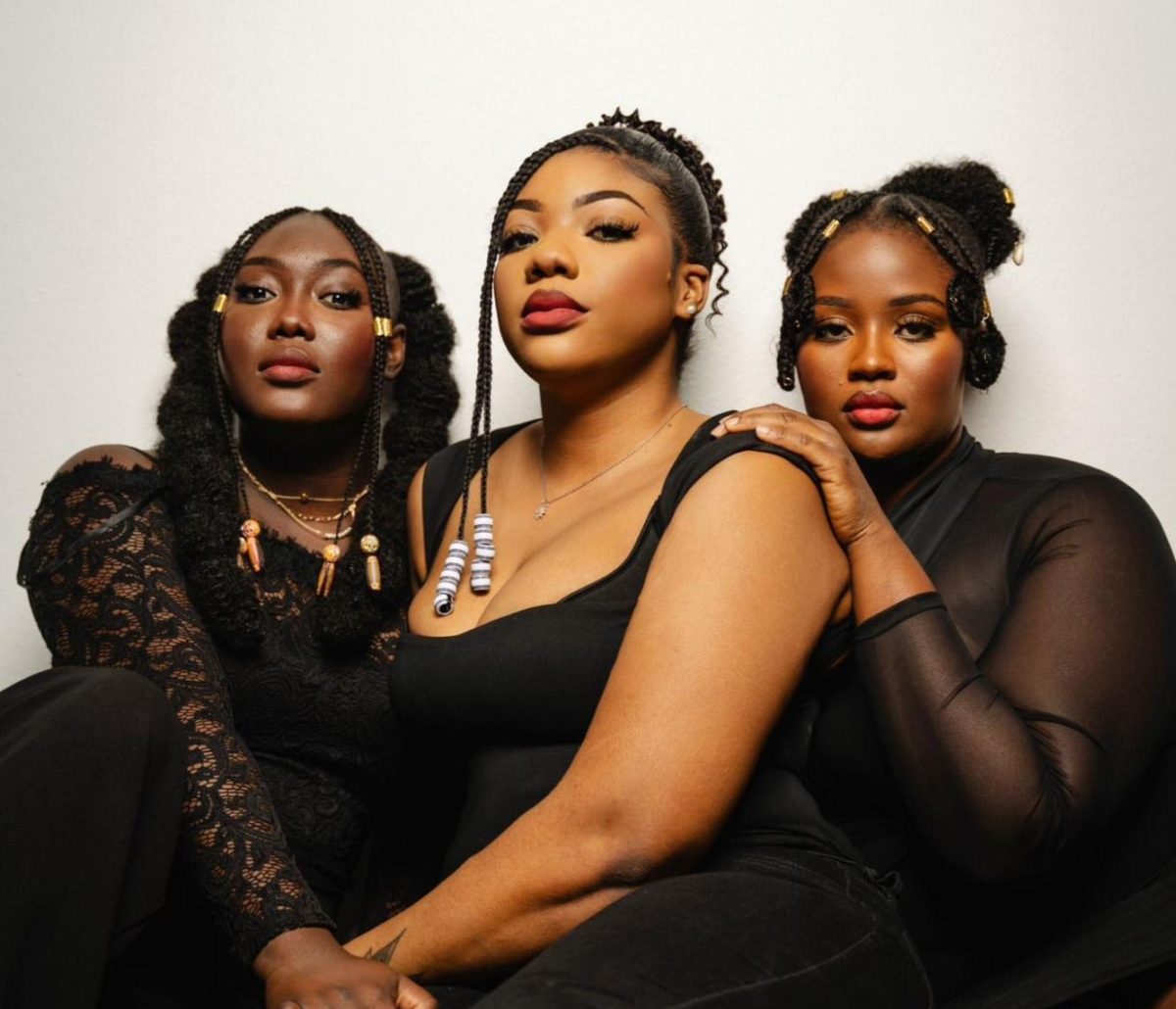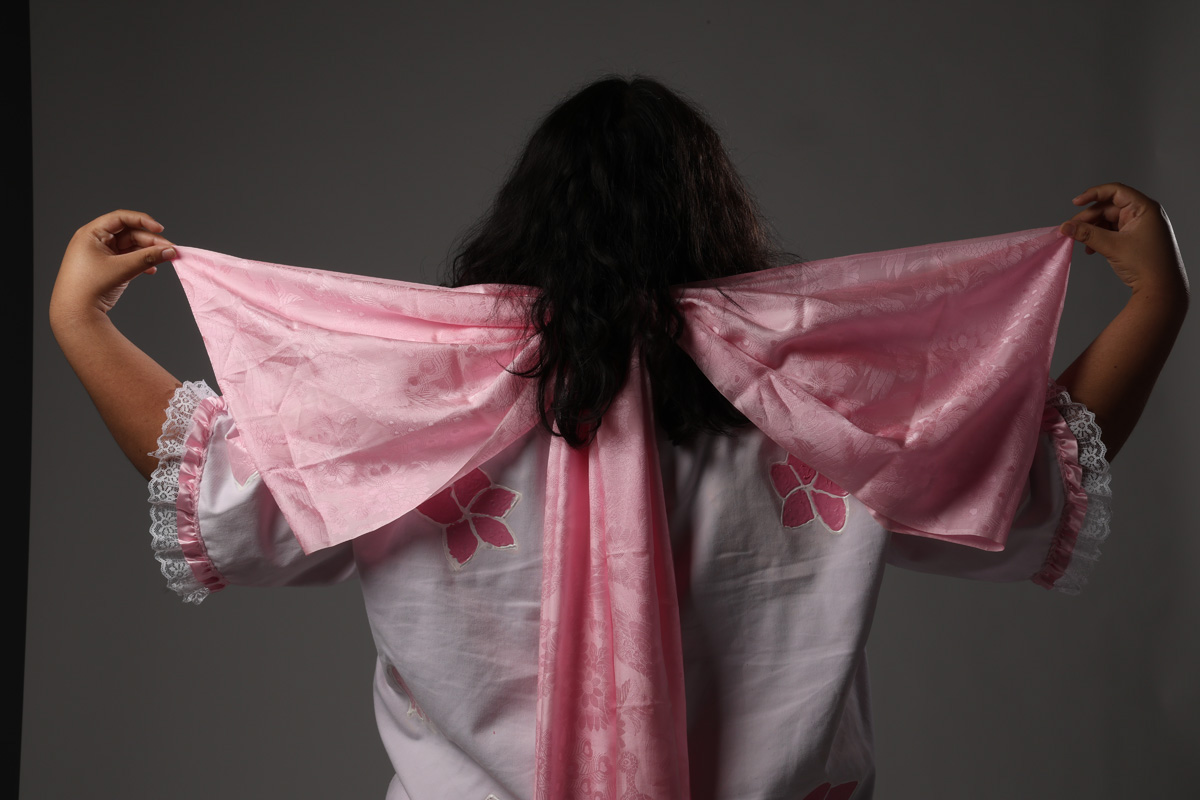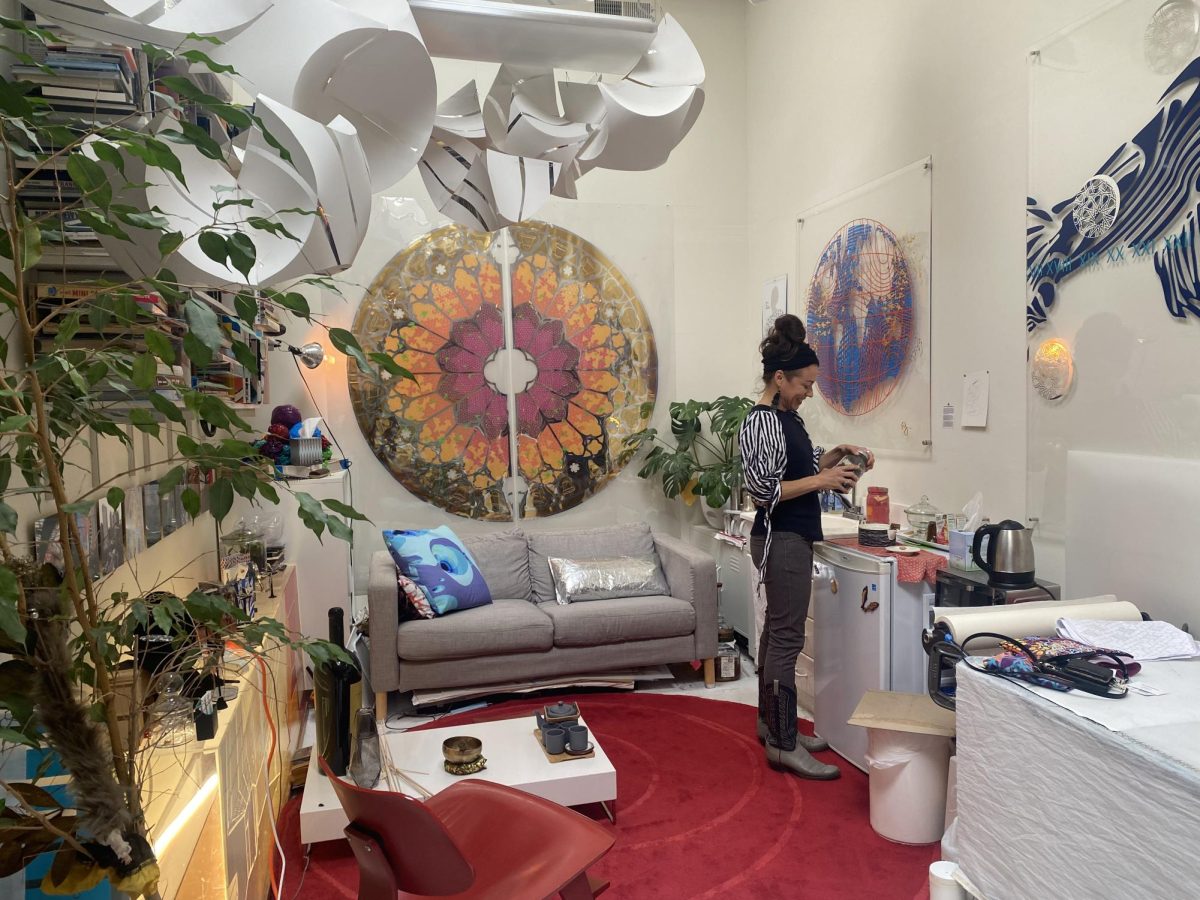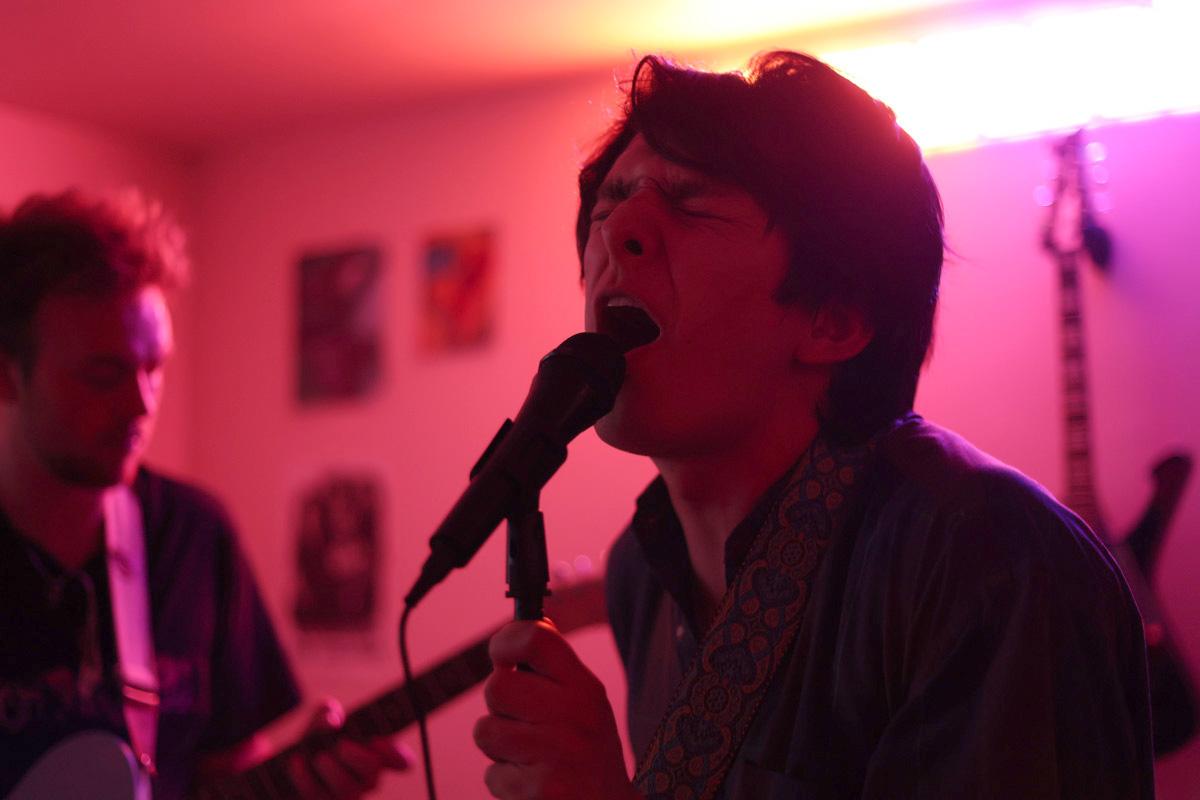Hair is an integral part of the black female experience. Black women spend tons of money on weaves, relaxers, and various hair and hair products every year. So much money in fact, that the African American haircare industry will be worth an estimated $761 million by 2017. I have done it all; I have had a weave, braids, and a year and a half ago I finally weaned myself off of relaxers, arguably one of the most damaging processes black women put their hair through.
Relaxing one’s hair is lengthy, expensive, and super bad for your hair. It involves applying a chemical laden lotion—the relaxer—to the root of your hair and leaving it on long enough it to alter your natural curl pattern. The relaxer is mostly composed of a chemical called sodium hydroxide, which is super acidic (there is a scene in Chris Rock’s film Good Hair where Rock looks on in horror as a chemist shows him an aluminum can that had completely disintegrated after sitting in sodium hydroxide for four hours), and if left on too long it can cause chemical burns to your scalp. I spent over eleven years willingly applying this damaging substance to my hair every six weeks, sometimes not speaking up when it started to burn because I wanted to ensure my hair came out as straight as possible. It is honestly a miracle I have any hair left. It was also costing my mother $85 a session. In an effort to manage my expenses after I got a job and mom stopped paying for my relaxers and save the hair I did have left, I opted to stop getting my hair relaxed.

Even after deciding to stop chemically straightening my hair, I still went to the salon every two weeks to have a professional wash and straighten my hair. This too was a lengthy, expensive, and damaging process. After having my hair washed, I would sit under a dryer for forty-five minutes, have my hair blown out, then have it flat ironed—with the edges being gone over with a hot comb, just to make sure my hair laid as flat as possible. The process cost $65 and three hours out of my day. The excessive amount of heat being applied to my hair in such a short period of time caused my hair to break, and I would notice long strands of hair on my bathroom floor every time I combed it at night.
Despite its damaging effects, I continued to have my hair straightened, accepting the strands lost as a small price I would have to pay for smooth, silky hair. Why? I have no idea. Maybe it was because after eleven years I did not know how to handle my hair any other way. Maybe it was because Western beauty standards had instilled into me that straight hair is beautiful hair. Maybe it was a little bit of sheer laziness. Either way, I saw no problem with having my hair altered from its natural state on a regular basis.
Until last week. After spending all day at work, I went home and washed and dried my hair. And instead of busting out a straighter to begin the two and a half hour process that is straightening it, I said, “fuck it,” and left it alone. And it looked awful. It was huge, and you could still see the remnants of relaxers past on the ends of my hair, which were bone straight in a sea of naps. I proceeded to spend the whole weekend devouring YouTube tutorials devoted to the styling and maintenance of natural hair. Overwhelmed, I eventually gave up and went to a salon and had a professional style it into a manageable afro. But I am committed to learning how to maintain my hair on my own.
Embracing my natural hair may not seem like a big deal to someone who is not knowledgable about African American hair. But for me, one of the thousands of black girls who was taught from a young age that straight hair is beautiful hair, it is. I spent years and hundreds of dollars trying to get my hair to behave a certain way. I avoided activities I enjoy like swimming and dancing just to make sure my hair did not get wet and revert to its natural state. Wearing my hair natural, I can do what I want when I want and do not have to plan for a hair catastrophe.








